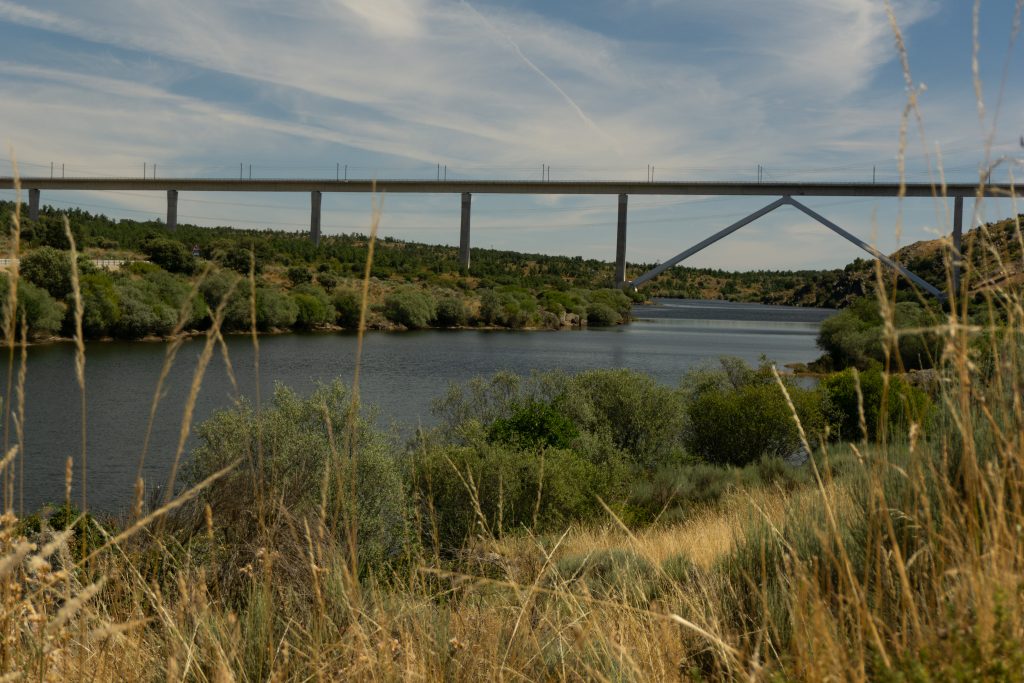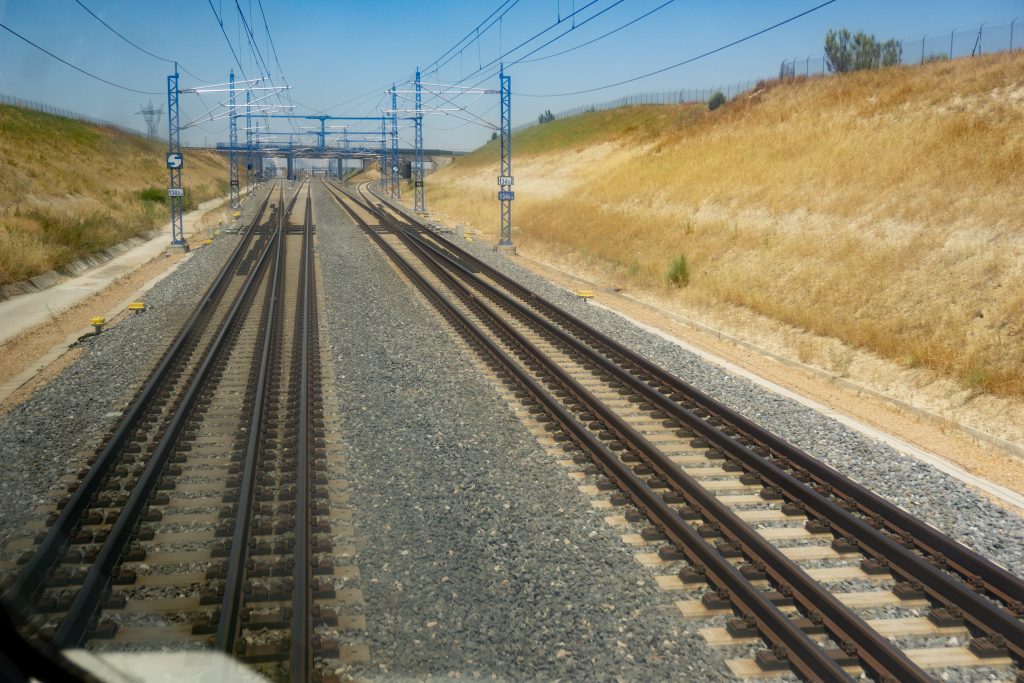Despite the difficult circumstances caused by COVID-19 during the last year, ADIF and ADIF AV have kept working in the Spanish railway network and put two new high-speed sections into service on the lines to the Northwest (Zamora-Pedralba de la Pradería) and Southeast (Monforte del Cid-Orihuela / Beniel), two outlying regions.
These new lines, which have also benefitted of EU co-funding, are necessary to improve territorial and social cohesion, and to improve the efficiency and reliability of the existing network while promoting intermodality, thus contributing to the common objective of the European Union to continue advancing in the creation of a single and interoperable European railway area.
High-speed line to Galicia (Northwest): Zamora-Pedralba de la Pradería
This double track, standard gauge 110 km-long infrastructure is equipped with ERTMS L2 technology. The route includes, as main elements, 14 viaducts and 9 tunnels. The construction of the new high-speed station in Sanabria (Zamora) also stands out.
This section represents another step in the completion of the line to Galicia. As long as the final segment of this Madrid-Galicia line is still under construction (between Orense and Pedralba), trains will be able to change gauge from standard to Iberian gauge at the Pedralba gauge changer. This will enable variable gauge trains to take advantage of the High Speed line up to Pedralba, and then continue running on the conventional line, thus significantly reducing travel times between Madrid and the Galician capitals.
Monforte del Cid, Elche and Orihuela section of the high-speed connection to Murcia
The 52 km long high-speed section between Monforte del Cid, Elche and Orihuela is part of the connection with Murcia and Almería, in southeastern Spain, which will allow for this region to join the Spanish high-speed network, both connecting to the center of the country and to the north, trough the Mediterranean Corridor.
Both sections were finalized during the COVID 19 pandemic, despite all the difficulties it implied, as part of ADIF’s commitment to finalize a fully reliable, interoperable network, while fully guaranteeing worker’s safety.



